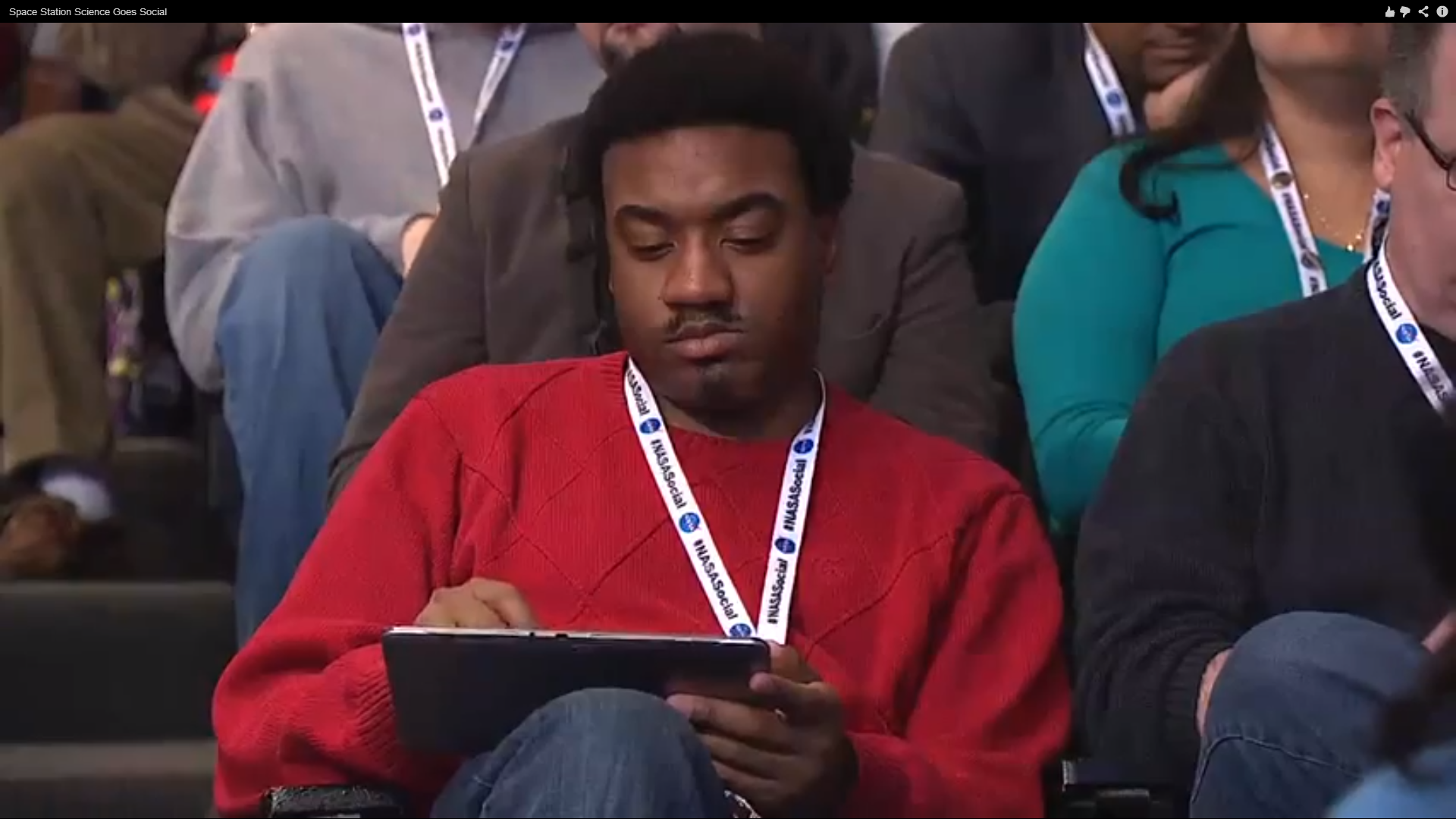The good old USA has decided to enact legislation that no one wanted to enact. In awesome doomsday terms, it's known as the sequester. It doesn't really make sense to me - but apparently our government couldn't decide whether to focus budget cuts on entitlement programs or revenues, so they just decided to cut everything! Unfortunately, that everything includes science and tech.
One of my favorite quotes is from Dr. Elias Zerhouni, the former director of the National Institute of Health. He states that the sequester will set back medical science for a generation. He answers one common defense of the sequester, which is that scientists can just go work for private industry.
That’s ridiculous. That’s the most ridiculous, caveman statement I’ve ever heard. That’s not the way science works. Science works with bright young people who are attracted to science. David Baltimore had the Nobel prize at 35 for a discovery at 27. Today he wouldn’t even get a grant from NIH. The average age for grant recipients is 38 or 39. Research is an investment, it’s not an expense.
Research institutions will get less money, which means less research being done. Charles Bolden of NASA has outlined how the cuts will affect the U.S. space program with a loss of $51 million, which includes delaying and/or canceling several projects that will lead to the return of manned spaceflight.
My hope is that we get our house in order and squash all of the politics and beef between the House and the Senate. Until we do, our country will continue to suffer.






